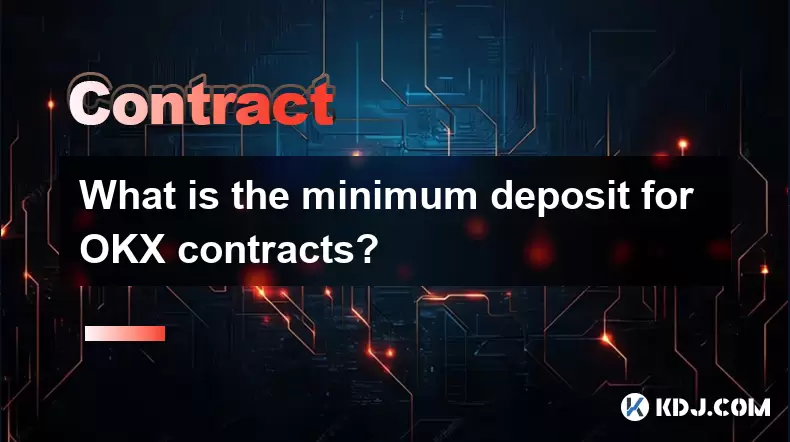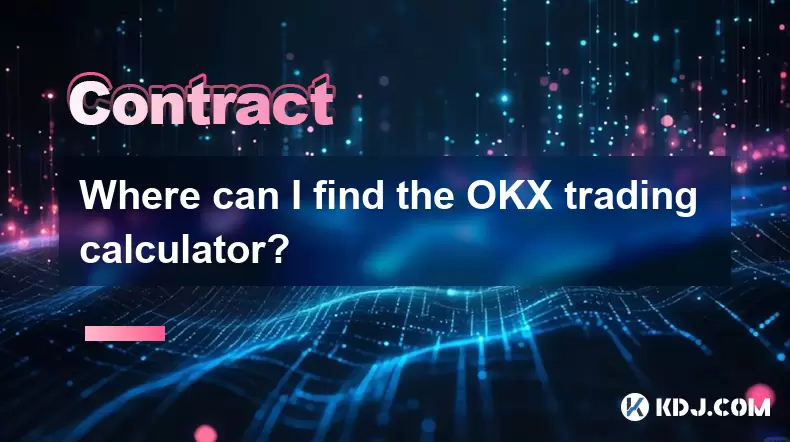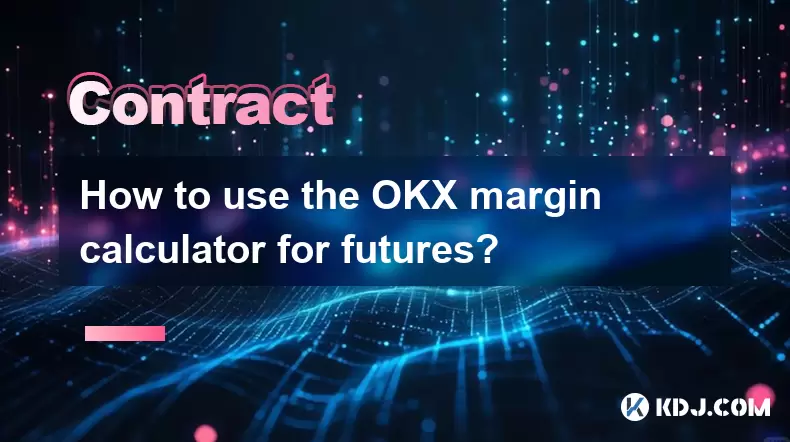-
 Bitcoin
Bitcoin $117500
2.15% -
 Ethereum
Ethereum $3911
6.19% -
 XRP
XRP $3.316
10.79% -
 Tether USDt
Tether USDt $1.000
0.01% -
 BNB
BNB $787.2
2.24% -
 Solana
Solana $175.2
4.15% -
 USDC
USDC $0.9999
0.00% -
 Dogecoin
Dogecoin $0.2225
8.40% -
 TRON
TRON $0.3383
0.28% -
 Cardano
Cardano $0.7868
6.02% -
 Stellar
Stellar $0.4382
9.34% -
 Hyperliquid
Hyperliquid $40.92
7.56% -
 Sui
Sui $3.764
7.63% -
 Chainlink
Chainlink $18.48
10.66% -
 Bitcoin Cash
Bitcoin Cash $582.1
1.88% -
 Hedera
Hedera $0.2601
6.30% -
 Avalanche
Avalanche $23.33
4.94% -
 Ethena USDe
Ethena USDe $1.001
0.02% -
 Litecoin
Litecoin $122.3
2.04% -
 UNUS SED LEO
UNUS SED LEO $8.969
-0.27% -
 Toncoin
Toncoin $3.339
0.86% -
 Shiba Inu
Shiba Inu $0.00001287
4.30% -
 Uniswap
Uniswap $10.43
7.38% -
 Polkadot
Polkadot $3.861
5.08% -
 Dai
Dai $1.000
0.02% -
 Bitget Token
Bitget Token $4.513
3.41% -
 Monero
Monero $267.7
-6.18% -
 Cronos
Cronos $0.1499
4.14% -
 Pepe
Pepe $0.00001110
5.15% -
 Aave
Aave $284.9
8.28%
How big is the risk of high leverage in Bitcoin? How to calculate the liquidation price?
High leverage in Bitcoin trading can amplify profits and losses; understanding liquidation price calculation is crucial for managing risks effectively.
May 03, 2025 at 02:49 pm

High leverage trading in Bitcoin can significantly amplify both potential profits and losses, making it a high-risk strategy. Understanding the risks associated with high leverage and knowing how to calculate the liquidation price are crucial for any trader engaging in this type of trading. This article will delve into the specifics of these topics, providing detailed insights and practical guidance.
Understanding High Leverage in Bitcoin Trading
High leverage in Bitcoin trading refers to the use of borrowed funds to increase the potential return on an investment. For example, with a leverage of 100:1, a trader can control a position worth 100 times their initial investment. While this can lead to substantial gains if the market moves in the trader's favor, it also means that even small adverse price movements can result in significant losses.
The primary risk associated with high leverage is the potential for rapid liquidation. If the market moves against a leveraged position, the losses can quickly exceed the trader's initial margin, leading to the automatic closure of the position by the exchange. This is known as liquidation, and it can result in the loss of the entire investment.
Factors Contributing to the Risk of High Leverage
Several factors contribute to the risk of high leverage in Bitcoin trading:
Volatility: Bitcoin is known for its high volatility, which can lead to rapid price swings. These swings can be particularly dangerous for leveraged positions, as they can quickly move into loss territory.
Margin Calls: When the value of a leveraged position falls below a certain threshold, the trader may receive a margin call, requiring them to deposit additional funds to maintain the position. Failure to meet a margin call can result in liquidation.
Market Liquidity: In times of low liquidity, it can be difficult to exit a position quickly, increasing the risk of liquidation if the market moves against the trader.
Overtrading: The allure of high potential returns can lead traders to take on more positions than they can manage, increasing the risk of significant losses.
Calculating the Liquidation Price
Calculating the liquidation price is essential for managing risk in leveraged trading. The liquidation price is the price at which a leveraged position will be automatically closed by the exchange to prevent further losses. The formula for calculating the liquidation price varies depending on whether the position is long or short.
Liquidation Price for Long Positions
For a long position, the liquidation price can be calculated using the following formula:
[ \text{Liquidation Price} = \frac{\text{Entry Price} \times (1 - \text{Maintenance Margin Ratio})}{\text{1 - (Initial Margin Ratio \times \text{Leverage})} } ]
Here's a step-by-step guide to calculating the liquidation price for a long position:
- Determine the entry price: This is the price at which you entered the trade.
- Identify the maintenance margin ratio: This is the minimum amount of margin required to keep the position open.
- Identify the initial margin ratio: This is the amount of margin required to open the position.
- Determine the leverage: This is the ratio of the position size to the initial margin.
- Plug these values into the formula to calculate the liquidation price.
Liquidation Price for Short Positions
For a short position, the liquidation price can be calculated using the following formula:
[ \text{Liquidation Price} = \frac{\text{Entry Price} \times (1 + \text{Maintenance Margin Ratio})}{\text{1 + (Initial Margin Ratio \times \text{Leverage})} } ]
Here's a step-by-step guide to calculating the liquidation price for a short position:
- Determine the entry price: This is the price at which you entered the trade.
- Identify the maintenance margin ratio: This is the minimum amount of margin required to keep the position open.
- Identify the initial margin ratio: This is the amount of margin required to open the position.
- Determine the leverage: This is the ratio of the position size to the initial margin.
- Plug these values into the formula to calculate the liquidation price.
Practical Example of Calculating Liquidation Price
Let's consider a practical example to illustrate how to calculate the liquidation price for both long and short positions.
Example for a Long Position
Suppose you enter a long position on Bitcoin at an entry price of $30,000 with a leverage of 100:1. The initial margin ratio is 1%, and the maintenance margin ratio is 0.5%.
Using the formula for a long position:
[ \text{Liquidation Price} = \frac{30,000 \times (1 - 0.005)}{1 - (0.01 \times 100)} ]
[ \text{Liquidation Price} = \frac{30,000 \times 0.995}{1 - 1} ]
[ \text{Liquidation Price} = \frac{29,850}{0} ]
Since the denominator is zero, the liquidation price is undefined in this scenario. This indicates that the position would be liquidated immediately upon any adverse price movement. In practice, exchanges have mechanisms to prevent such scenarios, but it highlights the extreme risk of high leverage.
Example for a Short Position
Now, let's consider a short position on Bitcoin at an entry price of $30,000 with a leverage of 100:1. The initial margin ratio is 1%, and the maintenance margin ratio is 0.5%.
Using the formula for a short position:
[ \text{Liquidation Price} = \frac{30,000 \times (1 + 0.005)}{1 + (0.01 \times 100)} ]
[ \text{Liquidation Price} = \frac{30,000 \times 1.005}{1 + 1} ]
[ \text{Liquidation Price} = \frac{30,150}{2} ]
[ \text{Liquidation Price} = 15,075 ]
In this case, if the price of Bitcoin rises above $15,075, the short position would be liquidated.
Managing the Risks of High Leverage
To manage the risks associated with high leverage in Bitcoin trading, consider the following strategies:
Use Stop-Loss Orders: Setting stop-loss orders can help limit potential losses by automatically closing a position if the price moves against it.
Monitor Positions Closely: High leverage requires constant monitoring of positions to react quickly to market changes.
Start with Lower Leverage: Beginners should start with lower leverage to gain experience and understand the market dynamics before moving to higher leverage.
Diversify: Spreading investments across different assets can help mitigate the risk of significant losses from a single position.
Understand Margin Requirements: Knowing the initial and maintenance margin requirements can help in planning and managing leveraged positions effectively.
Frequently Asked Questions
Q: Can I avoid liquidation by adding more funds to my account during a margin call?
A: Yes, if you receive a margin call, you can avoid liquidation by depositing additional funds into your account to meet the margin requirements. However, this should be done quickly, as the market can move rapidly, and the position may still be liquidated if the funds are not added in time.
Q: How does the choice of exchange affect the risk of high leverage trading?
A: Different exchanges have different margin requirements and liquidation policies, which can significantly impact the risk of high leverage trading. Some exchanges may offer more favorable terms or better risk management tools, so it's important to choose an exchange that aligns with your trading strategy and risk tolerance.
Q: Is it possible to predict the likelihood of liquidation based on historical data?
A: While historical data can provide insights into market volatility and price movements, it is not possible to predict the likelihood of liquidation with certainty. Market conditions can change rapidly, and past performance is not indicative of future results. However, analyzing historical data can help traders understand potential risk scenarios and plan accordingly.
Q: Can I use automated trading bots to manage high leverage positions?
A: Yes, automated trading bots can be used to manage high leverage positions. These bots can execute trades based on predefined criteria, including setting stop-loss orders and monitoring positions. However, it's important to thoroughly test and monitor these bots, as they can also introduce additional risks if not properly configured.
Disclaimer:info@kdj.com
The information provided is not trading advice. kdj.com does not assume any responsibility for any investments made based on the information provided in this article. Cryptocurrencies are highly volatile and it is highly recommended that you invest with caution after thorough research!
If you believe that the content used on this website infringes your copyright, please contact us immediately (info@kdj.com) and we will delete it promptly.
- Tron's Sell-Off Spurs Altcoin Shift: What's Next for TRX?
- 2025-08-08 08:30:12
- Sleep Token's US Takeover: Thornhill Rides the 'Even In Arcadia' Wave
- 2025-08-08 08:30:12
- FTT Token's Wild Ride: Creditor Repayments vs. Market Drop - A New Yorker's Take
- 2025-08-08 07:10:12
- Floki Crypto Price Prediction: Riding the Robinhood Rocket or Just a Meme?
- 2025-08-08 07:15:12
- EigenLayer, Restaking, and Ethereum: Navigating the Hype and the Hazards
- 2025-08-08 06:30:12
- Super Bowl 59: Jon Batiste to Jazz Up the National Anthem
- 2025-08-08 06:30:12
Related knowledge

What are the specific maker and taker fees on KuCoin Futures?
Aug 08,2025 at 08:28am
Understanding Maker and Taker Fees on KuCoin FuturesWhen trading on KuCoin Futures, users encounter two primary types of fees: maker fees and taker fe...

What is the minimum deposit for OKX contracts?
Aug 08,2025 at 07:00am
Understanding OKX Contract Trading BasicsOKX is one of the leading cryptocurrency derivatives exchanges, offering a wide range of perpetual and future...

Where can I find the OKX trading calculator?
Aug 08,2025 at 07:49am
Understanding the OKX Trading Calculator FunctionalityThe OKX trading calculator is a powerful analytical tool designed to assist traders in estimatin...

What are the available trading pairs for OKX futures?
Aug 08,2025 at 08:49am
Understanding OKX Futures Trading PairsOKX is one of the leading cryptocurrency derivatives exchanges, offering a wide range of futures trading pairs ...

Are there any fees for futures settlement on OKX?
Aug 08,2025 at 05:35am
Understanding Futures Settlement on OKXFutures settlement on OKX refers to the process by which open futures contracts are automatically closed or mar...

How to use the OKX margin calculator for futures?
Aug 08,2025 at 05:15am
Understanding the OKX Margin Calculator for FuturesThe OKX margin calculator is a specialized tool designed to assist traders in estimating the requir...

What are the specific maker and taker fees on KuCoin Futures?
Aug 08,2025 at 08:28am
Understanding Maker and Taker Fees on KuCoin FuturesWhen trading on KuCoin Futures, users encounter two primary types of fees: maker fees and taker fe...

What is the minimum deposit for OKX contracts?
Aug 08,2025 at 07:00am
Understanding OKX Contract Trading BasicsOKX is one of the leading cryptocurrency derivatives exchanges, offering a wide range of perpetual and future...

Where can I find the OKX trading calculator?
Aug 08,2025 at 07:49am
Understanding the OKX Trading Calculator FunctionalityThe OKX trading calculator is a powerful analytical tool designed to assist traders in estimatin...

What are the available trading pairs for OKX futures?
Aug 08,2025 at 08:49am
Understanding OKX Futures Trading PairsOKX is one of the leading cryptocurrency derivatives exchanges, offering a wide range of futures trading pairs ...

Are there any fees for futures settlement on OKX?
Aug 08,2025 at 05:35am
Understanding Futures Settlement on OKXFutures settlement on OKX refers to the process by which open futures contracts are automatically closed or mar...

How to use the OKX margin calculator for futures?
Aug 08,2025 at 05:15am
Understanding the OKX Margin Calculator for FuturesThe OKX margin calculator is a specialized tool designed to assist traders in estimating the requir...
See all articles

























































































